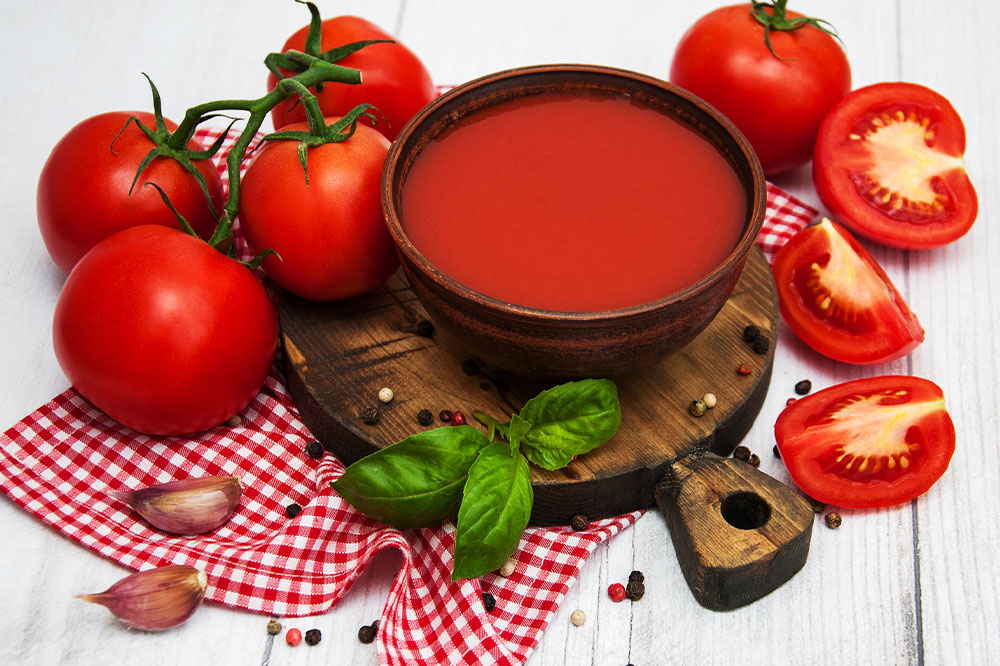8 foods best avoided by those with hyperkalemia

Our body needs a multitude of vitamins and minerals to function properly. But if the body experiences either a deficiency or excessive availability of these compounds, it can lead to side effects. Potassium is an essential mineral that, when available more than required, can cause hyperkalemia. The normal potassium level in the blood is 3.5 to 5 mmol/L. Anything above that can be fatal, and avoiding foods rich in this particular mineral is necessary.
Banana
Banana is one of the first foods that come to mind when considering potassium. The general potassium content in a banana is estimated at 422 mg. Due to this high potassium content, this fruit is considered an athlete’s best friend. However, for those with hyperkalemia, it can be potentially dangerous. In such cases, it is better to snack on fruits like berries and apples.
Beans and legumes
Beans and legumes are common protein sources for vegetarians and vegans. However, they are also a reliable source of high potassium content in daily food. Pinto and lima beans have approximately 300 mg of potassium per half cup. When regular intake is considered, it amounts to a higher number.
Dried fruits
The nutrient density in dried fruits as compared to fresh fruits is higher. This also means they carry a higher potassium concentration. Thus, those with hyperkalemia are supposed to steer clear of dried apricots, plums, raisins, prunes, and more.
Fish
Seafood is a common and well-liked protein source in our food. Incidentally, the preferred seafood clam is also high in potassium, measuring up to 524 mg in just 3 ounces. The popular fatty fish salmon is also an amazing source of omega-3 fatty acids, but is low in potassium. However, that does not mean all other fatty fish fall into the same category. It is of utmost importance for those with hyperkalemia check the type and quantity of seafood they include in their meals.
Green leafy vegetables
Most green leafy vegetables come with a high nutritional profile. At times, this profile also equates to high amounts of potassium. One such common green vegetable is spinach. Cooked spinach covers 420 mg of potassium in just half a cup, raw, on the other hand, amounts to 167 mg per cup. Other leafy greens with high potassium levels include beet greens, bok choy, swiss chard, and fennel. One exception to note is raw kale, which carries only 73 mg of potassium per cup when raw.
Milk
Dairy and its products are yet another daily food with a rich potassium source in everyday nutrition. Something as easily available as non-fat yogurt can pack 625 mg of potassium in a single serving pack. This alone makes the dairy aisle in the supermarket a no-go area. A glass of low-fat cow milk is also assumed to carry 366 mg of this important mineral. Where goat cheese is considerably low in potassium, options like cottage and ricotta cheese are to stray away. This fact also means implies dairy ice creams since their potassium content isn’t negligible.
Orange
A huge population regularly includes orange juice as a breakfast staple or even when they want a filler between meals. But it is important to consider the micronutrients and macronutrients in this one glass of OJ. Regarding those with hyperkalemia, a single medium-sized orange brings potassium equal to 240 mg to the plate. While adding orange juice takes up the potassium content of the meal by 450 mg. Hyperkalemic patients are therefore advised to stick with apples and berries.
Tomato paste
Tomatoes are another common food rich in potassium, with approximately 292 mg in a single medium-sized tomato. The amount of potassium is even higher in foods that contain a concentrated form of tomatoes. This includes foods like tomato-based pastes, purees, sauces, and salsa.








